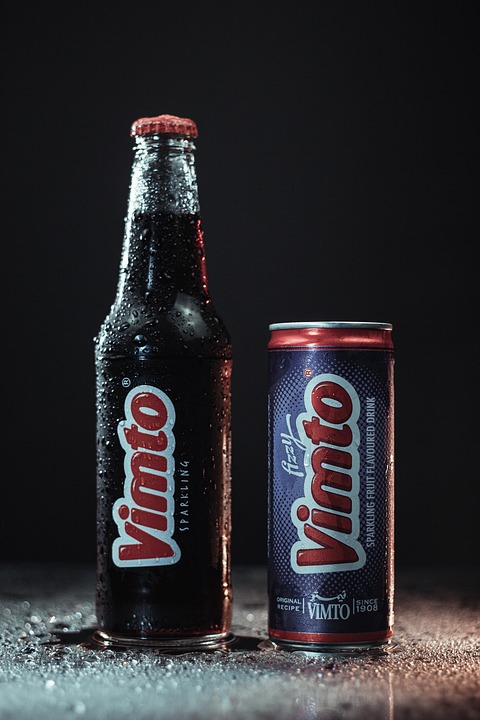Introduction
Sweetened sodas have been a staple in the beverage industry for decades, with a wide variety of flavors and profiles available to consumers. One key component in creating these signature soda profiles is the interaction between acids and sweeteners. Acids play a crucial role in providing the tangy and refreshing taste that many sodas are known for, while sweeteners balance out the acidity and provide the sweetness that consumers crave.
Acids in Soda Production
Acids are commonly used in soda production to give beverages a tart or tangy flavor profile. Some of the most commonly used acids in soda production include citric acid, phosphoric acid, and malic acid. These acids are often added in small quantities to achieve the desired level of acidity without overpowering the other flavors in the soda.
Citric Acid
Citric acid is one of the most commonly used acids in soda production due to its sharp and tangy flavor profile. It is naturally found in citrus fruits like lemons and limes, and is often used to enhance the fruit flavors in citrus-based sodas. Citric acid also acts as a preservative, helping to extend the shelf life of soda products.
Phosphoric Acid
Phosphoric acid is another commonly used acid in soda production, particularly in colas. It provides a sharp and slightly acidic taste that helps to balance out the sweetness of the soda. Phosphoric acid also acts as a flavor enhancer, helping to bring out the other flavors in the soda and give it a more complex taste profile.
Malic Acid
Malic acid is often used in fruit-flavored sodas to give them a tart and refreshing taste. It is naturally found in apples and other fruits, and is known for its sour taste. Malic acid can help to enhance the fruit flavors in sodas and give them a more natural and authentic taste.
Sweeteners in Soda Production
Sweeteners are used in soda production to provide the sweetness that consumers expect in their beverages. There are a wide variety of sweeteners available, ranging from natural sugars like cane sugar and honey to artificial sweeteners like aspartame and sucralose. The choice of sweetener can have a significant impact on the overall flavor profile of the soda.
Cane Sugar
Cane sugar is one of the most commonly used sweeteners in soda production, known for its natural sweetness and ability to enhance the flavors of other ingredients. Cane sugar provides a rich and complex sweetness that can help to balance out the acidity of the soda and create a well-rounded flavor profile.
High Fructose Corn Syrup
High fructose corn syrup is another popular sweetener in soda production, known for its affordability and ability to provide a consistent level of sweetness. However, high fructose corn syrup has come under scrutiny in recent years for its potential health risks, leading some companies to look for alternative sweeteners for their products.
Artificial Sweeteners
Artificial sweeteners like aspartame and sucralose are often used in diet sodas to provide sweetness without the calories of traditional sugars. These sweeteners can have a different taste profile than natural sugars, which can impact the overall flavor of the soda. Some consumers may prefer the taste of artificial sweeteners, while others may find them to have a slightly bitter aftertaste.
Creating Signature Soda Profiles
The interaction between acids and sweeteners is key in creating signature soda profiles that stand out in the crowded beverage market. By carefully balancing the acidity of the soda with the sweetness of the sweetener, manufacturers can create unique flavor profiles that appeal to a wide range of consumers. Experimenting with different combinations of acids and sweeteners can help companies create innovative and exciting new soda flavors that resonate with consumers.
Industry Insights
The soda industry is a multi-billion dollar market that continues to evolve as consumer preferences shift towards healthier and more natural products. As consumers become more health-conscious, there is a growing demand for low-sugar and natural soda options that use alternative sweeteners like stevia and monk fruit. Companies that can adapt to these changing trends and innovate with new flavor profiles will be well-positioned to succeed in the competitive beverage market.
Financial Data
According to market research firm Statista, the global soda market was valued at over $300 billion in 2020, with the United States accounting for a significant portion of sales. The market is projected to continue growing in the coming years, driven by new product innovations and a growing demand for healthier beverage options. Companies that can innovate with unique flavor profiles and adapt to changing consumer preferences will be able to capitalize on this growth and succeed in the competitive soda market.
In conclusion, the interaction between acids and sweeteners is a key factor in creating signature soda profiles that stand out in the crowded beverage market. By carefully balancing the acidity of the soda with the sweetness of the sweetener, manufacturers can create unique flavor profiles that appeal to a wide range of consumers. As the soda industry continues to evolve, companies that can innovate with new flavor profiles and adapt to changing consumer preferences will be well-positioned to succeed in this competitive market.


